A kitchen sink food strainer is an essential tool that plays a vital role in maintaining the cleanliness and functionality of your kitchen plumbing. This small yet effective device sits within your sink’s drain and captures food particles and debris before they can enter the plumbing system. By preventing food waste from going down the drain, a kitchen sink food strainer helps to reduce the risk of clogs, which can lead to costly repairs and inconvenient blockages. Additionally, it serves as a first line of defense in protecting your pipes from damage and ensuring the smooth operation of your kitchen sink.
One of the primary benefits of using a kitchen sink food strainer is the prevention of clogs. Food particles, especially those that are fibrous or sticky, can easily accumulate in your pipes and create blockages over time. These clogs not only hinder the flow of water but can also lead to unpleasant odors, slow drainage, and even complete backups. A strainer catches these particles before they have a chance to enter your plumbing, significantly reducing the likelihood of these issues. Regularly emptying the strainer into the trash ensures that your sink remains free-flowing and functional.

In addition to preventing clogs, a kitchen sink food strainer can also contribute to better hygiene in your kitchen. Food particles left in the sink can attract pests such as ants, cockroaches, and fruit flies, which are not only a nuisance but also pose health risks. By trapping food debris, the strainer helps to keep your sink area cleaner and less appealing to pests. Moreover, a strainer reduces the amount of organic matter that can accumulate in your pipes, which can lead to bacterial growth and unpleasant odors. Regular cleaning of the strainer itself further enhances its effectiveness in maintaining a hygienic kitchen environment.
Kitchen sink food strainers come in various materials, each with its own set of advantages. Stainless steel is a popular choice due to its durability, resistance to rust, and ease of cleaning. Silicone strainers offer flexibility, making them easy to insert and remove, and they are also resistant to heat and stains. Plastic strainers are lightweight and often more affordable, though they may not be as durable as their metal or silicone counterparts. The choice of material depends on your specific needs and preferences, but all types of strainers serve the same essential purpose of preventing food waste from entering your plumbing system.
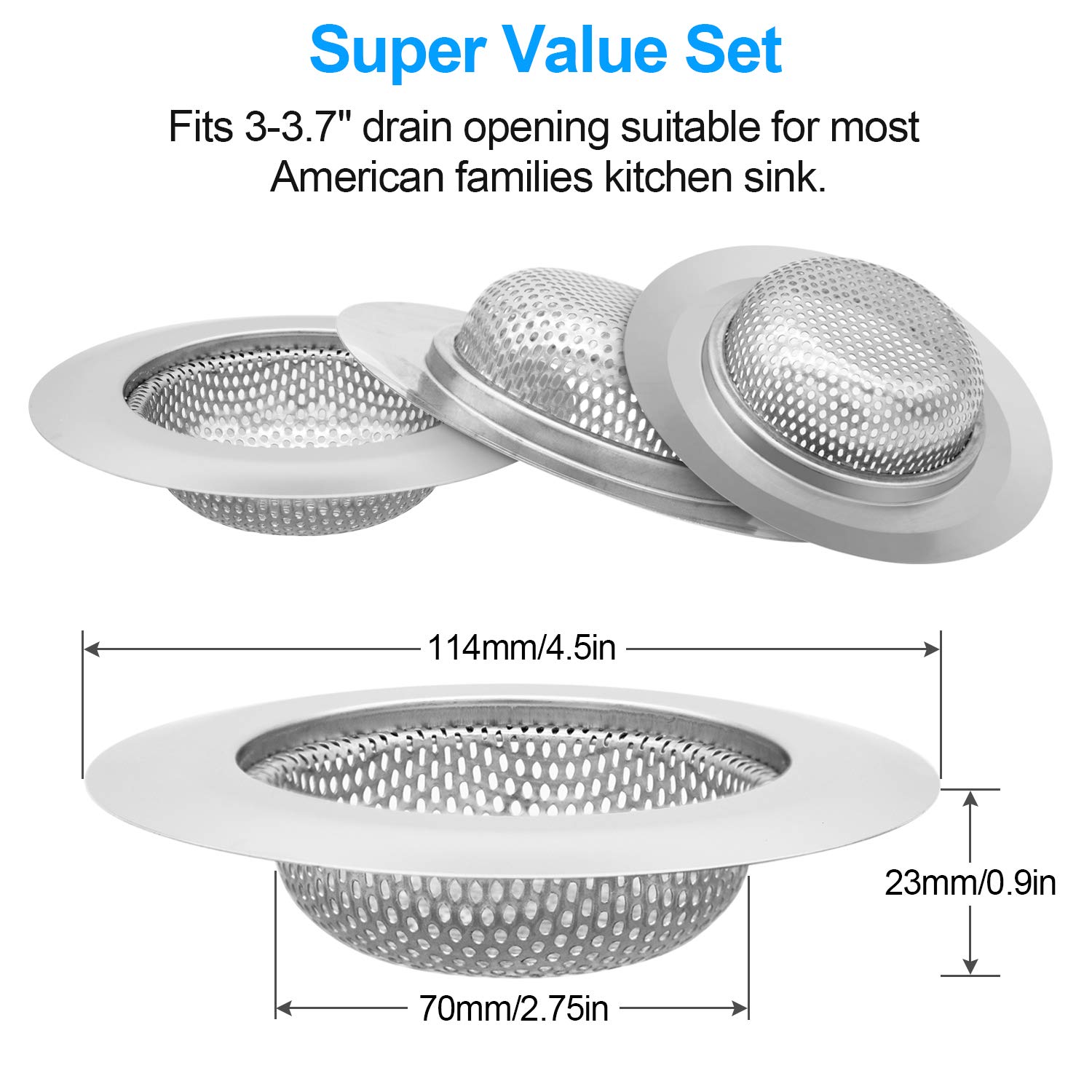
The design of kitchen sink food strainers also varies, with some models featuring fine mesh for catching smaller particles, while others have larger holes to allow water to drain more quickly. Some strainers are designed to fit snugly into the drain, while others are simply placed over it. There are also strainers with handles for easy removal, and some come with integrated stoppers that allow you to plug the drain when needed. The variety of designs ensures that there is a strainer to fit every type of sink and meet every user’s needs, from those looking for a simple, no-fuss option to those seeking a more sophisticated and functional design.
Installing a kitchen sink food strainer is typically straightforward and does not require any special tools or skills. Most strainers are designed to fit standard sink drains and can be easily placed or removed by hand. It’s important to choose a strainer that fits your drain properly to ensure it functions effectively. A strainer that is too small may allow food particles to slip through, while one that is too large may not sit properly in the drain, leading to inefficient water flow. Taking accurate measurements of your sink drain before purchasing a strainer can help you select the right size for optimal performance.

Maintenance of a kitchen sink food strainer is simple but essential to its effectiveness. Regularly emptying the strainer into the trash prevents it from becoming clogged with debris, which can impede water flow and reduce its ability to catch food particles. Cleaning the strainer with warm, soapy water helps to remove any buildup of grease or grime, ensuring it remains hygienic and functional. For metal strainers, occasional scrubbing with a brush can help to remove stubborn particles, while silicone strainers can be easily rinsed or even run through the dishwasher. Proper maintenance not only extends the life of the strainer but also ensures it continues to protect your plumbing.
In addition to its practical benefits, a kitchen sink food strainer can also be a cost-effective solution for preventing plumbing problems. Clogs and blockages can lead to expensive repairs, and in severe cases, may require professional intervention to resolve. By investing in a simple, affordable strainer, you can significantly reduce the risk of these issues and save money in the long run. Furthermore, a strainer helps to prevent damage to your pipes, which can deteriorate over time if frequently exposed to food waste and other debris. This protection extends the lifespan of your plumbing system, further contributing to cost savings.
The environmental impact of using a kitchen sink food strainer is another important consideration. By preventing food waste from entering the sewer system, a strainer helps to reduce the burden on wastewater treatment facilities. Food particles can be challenging to treat and can contribute to the formation of sludge, which must be disposed of in landfills or incinerated. By capturing food waste at the source, you can reduce the amount of organic matter that enters the wastewater system, contributing to more efficient treatment processes and less environmental impact. Additionally, using a strainer encourages responsible disposal of food waste, which can be composted rather than sent to landfills.
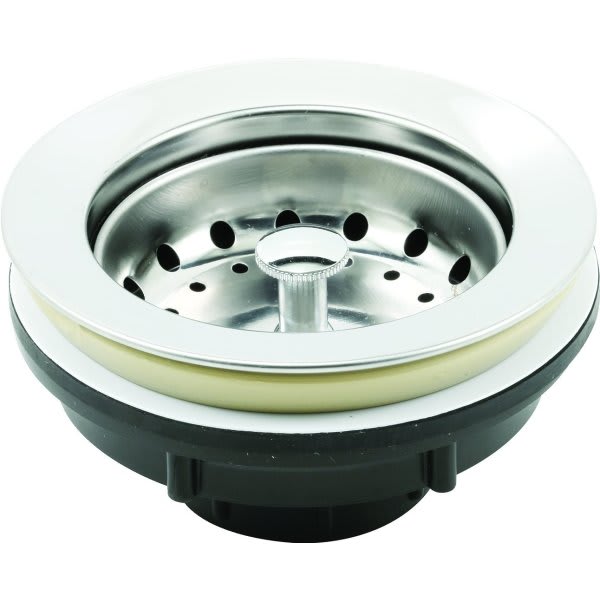
For households with garbage disposals, a kitchen sink food strainer can provide an added layer of protection. While garbage disposals are designed to grind food waste into smaller particles, they are not infallible and can still become clogged or damaged by certain types of debris. A strainer catches larger particles that the disposal may struggle to handle, reducing the risk of jams and extending the life of the disposal unit. In this way, a strainer complements the garbage disposal, working together to ensure a more efficient and reliable kitchen plumbing system.
When selecting a kitchen sink food strainer, it’s important to consider not only the size and material but also the ease of use and cleaning. A strainer that is difficult to remove or clean may be less likely to be used consistently, reducing its effectiveness. Look for a design that is easy to handle and clean, whether it’s a simple mesh strainer or a more complex model with multiple functions. Some strainers also come with additional features, such as handles for easy removal, or designs that allow them to be used in different sink sizes. Choosing a strainer that fits your lifestyle and kitchen habits can make a significant difference in its overall effectiveness.
Kitchen sink food strainers are also available in various price ranges, making them accessible to a wide range of budgets. While more expensive models may offer additional features or higher-quality materials, even the most basic strainer can provide significant benefits in terms of clog prevention and plumbing protection. It’s worth considering the long-term savings and convenience that a strainer can offer when deciding how much to invest. Whether you opt for a budget-friendly option or a premium model, the key is to choose a strainer that meets your needs and provides reliable performance.

In some cases, it may be beneficial to use multiple kitchen sink food strainers, especially in households with larger sinks or multiple drains. For example, if you have a double sink, using a strainer in each basin ensures comprehensive protection against clogs. Additionally, if you frequently wash large amounts of food waste, using multiple strainers can help distribute the debris more evenly and prevent any single strainer from becoming overwhelmed. This approach can be particularly useful during meal prep or cleanup when food particles are more likely to accumulate quickly.
The role of a kitchen sink food strainer extends beyond just the kitchen. These versatile tools can also be used in bathroom sinks, laundry sinks, and other areas where debris might enter the drain. For example, hair and soap scum can easily clog bathroom sinks, leading to slow drainage and potential backups. A small, appropriately sized strainer can help capture these materials before they become a problem, reducing the need for frequent plumbing maintenance. Similarly, in a laundry sink, a strainer can catch lint and other particles that might otherwise clog the drain, protecting your plumbing and reducing the risk of water damage.
Finally, the choice of a kitchen sink food strainer can also reflect your style and preferences. With various designs and finishes available, you can select a strainer that complements your kitchen decor or adds a touch of personality to your sink area. From sleek, modern designs to more traditional or whimsical options, there is a strainer to suit every taste. While functionality should always be the primary consideration, there’s no reason you can’t also choose a strainer that looks good and adds a bit of flair to your kitchen.
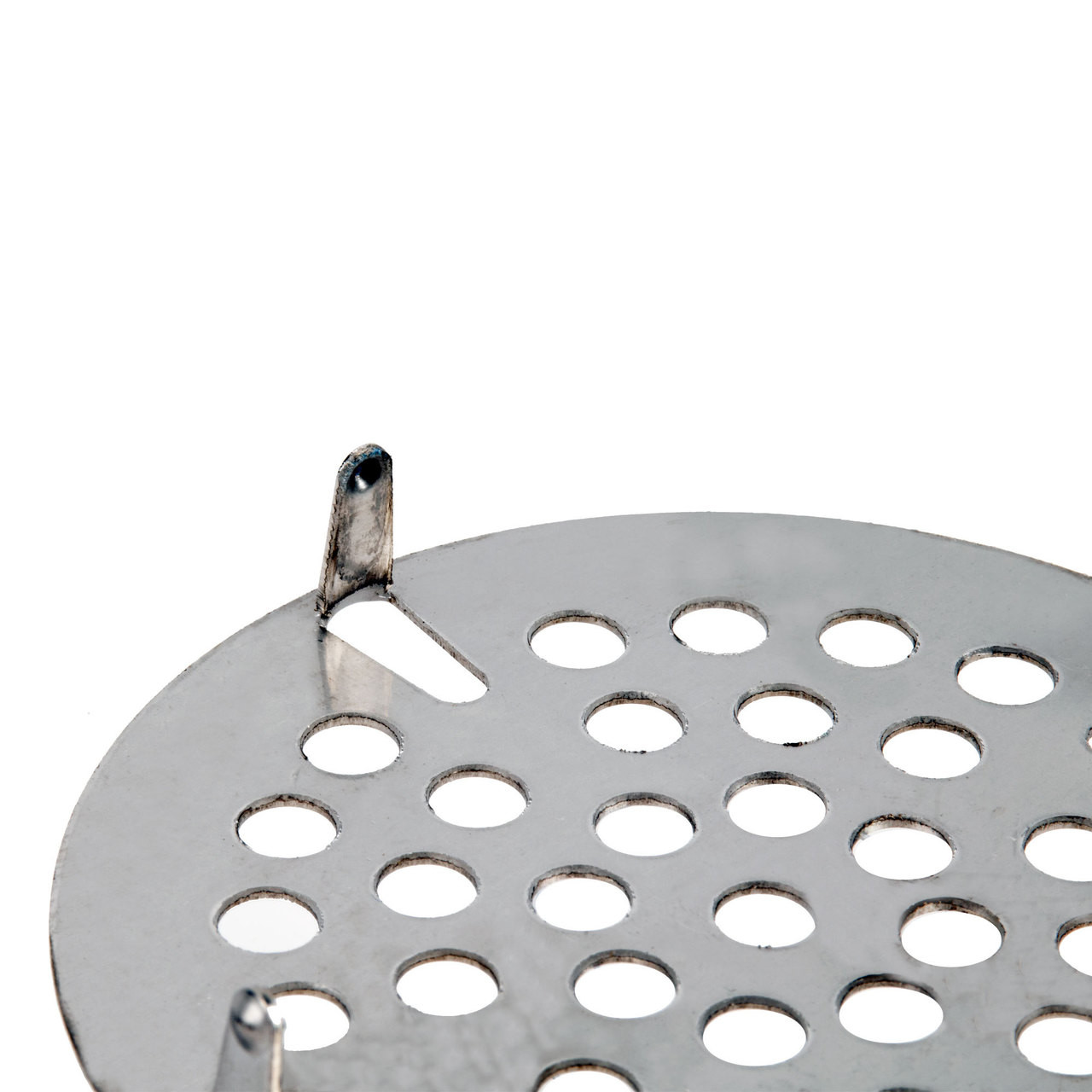
Common Mistakes to Avoid
One common mistake when using a kitchen sink food strainer is not emptying it frequently enough. Allowing food debris to accumulate in the strainer can lead to unpleasant odors, slow drainage, and even the risk of mold or bacterial growth. It’s important to empty the strainer regularly, especially after washing dishes or preparing food, to ensure it continues to function effectively. Another mistake is using a strainer that doesn’t fit properly in your sink drain. A strainer that is too small may allow particles to slip through, while one that is too large may block water flow and cause backups. Taking the time to measure your drain and select a strainer that fits correctly is crucial for optimal performance.
Another error is neglecting to clean the strainer itself. Over time, grease, grime, and food particles can build up on the strainer, reducing its effectiveness and potentially leading to odors or hygiene issues. Regularly washing the strainer with warm, soapy water or placing it in the dishwasher can help maintain its cleanliness and functionality. For metal strainers, occasional scrubbing with a brush may be necessary to remove stubborn debris. Ignoring this simple maintenance step can diminish the strainer’s performance and lead to more significant problems down the line.
Some homeowners make the mistake of relying solely on a kitchen sink food strainer without considering other preventative measures. While a strainer is an effective tool for catching food debris, it should be used in conjunction with other practices, such as avoiding pouring grease or oil down the drain and being mindful of what goes into the sink. For those with garbage disposals, it’s important to remember that not all food waste should be ground up and sent down the drain. Combining the use of a strainer with smart kitchen habits can provide the best protection against clogs and plumbing issues.
Another common mistake is choosing a low-quality strainer to save money. While it may be tempting to opt for the cheapest option available, a poorly made strainer may not last long or may not perform as well as a higher-quality model. Investing in a durable, well-designed strainer can save you money in the long run by providing more reliable performance and reducing the need for frequent replacements. It’s also worth considering the ease of cleaning and overall functionality when selecting a strainer, as these factors can impact how effective it is at protecting your plumbing.
Finally, some people overlook the importance of selecting the right material for their kitchen sink food strainer. Different materials offer different benefits, and choosing the right one for your needs can make a significant difference in the strainer’s performance and longevity. For example, stainless steel is highly durable and resistant to rust, making it a good choice for long-term use. Silicone strainers offer flexibility and are easy to clean, while plastic strainers may be more affordable but less durable. Understanding the pros and cons of each material can help you make an informed decision and select a strainer that will provide the best protection for your plumbing system.
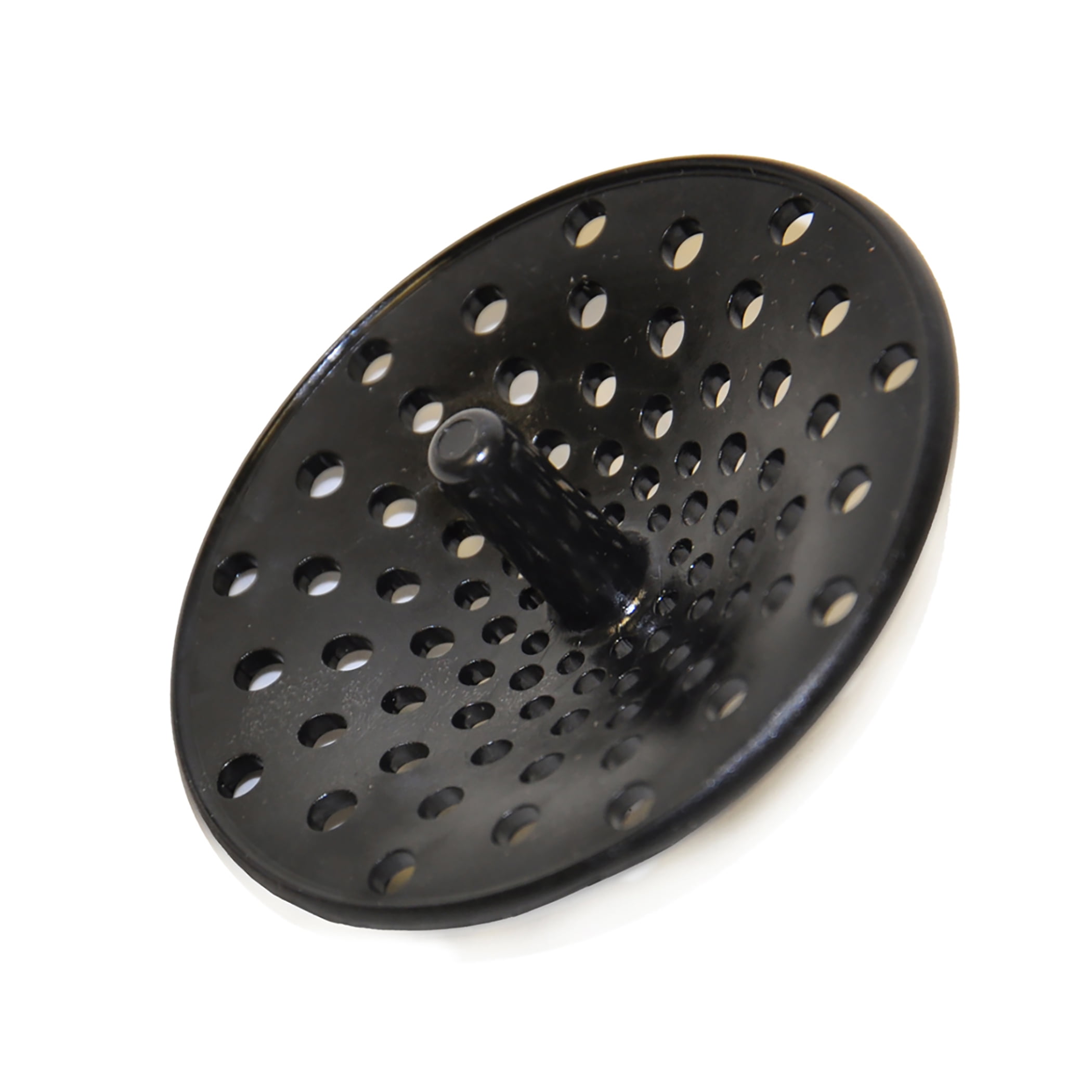
What is a kitchen sink food strainer and why is it important?
A kitchen sink food strainer is a small device that sits in the drain of your sink and catches food particles and debris before they can enter your plumbing system. It is important because it helps prevent clogs, which can lead to costly repairs and inconvenience. By capturing food waste, the strainer also helps maintain better hygiene in your kitchen, reduces the risk of pests, and protects your pipes from damage. Regular use of a strainer can significantly extend the life of your plumbing and ensure the smooth operation of your sink.
How often should I clean my kitchen sink food strainer?
It’s recommended to clean your kitchen sink food strainer regularly, ideally after each use or at least daily if you cook frequently. This prevents food debris from accumulating, which can lead to odors, slow drainage, and the growth of mold or bacteria. Cleaning the strainer is simple and usually involves rinsing it under warm water and using soap to remove grease or grime. For metal strainers, a brush can be used to scrub away stubborn particles. Keeping the strainer clean ensures it continues to function effectively and maintains hygiene in your kitchen.
Can I use any kitchen sink food strainer for my sink, or do I need a specific size?
It’s important to choose a kitchen sink food strainer that fits your sink drain properly. Strainers come in various sizes, and selecting the right one ensures it will sit securely in the drain and catch all food particles effectively. A strainer that is too small may allow debris to slip through, while one that is too large could block water flow and cause backups. To find the right size, measure the diameter of your sink drain before purchasing a strainer. Some strainers are adjustable or designed to fit multiple sizes, but it’s always best to ensure a snug fit for optimal performance.
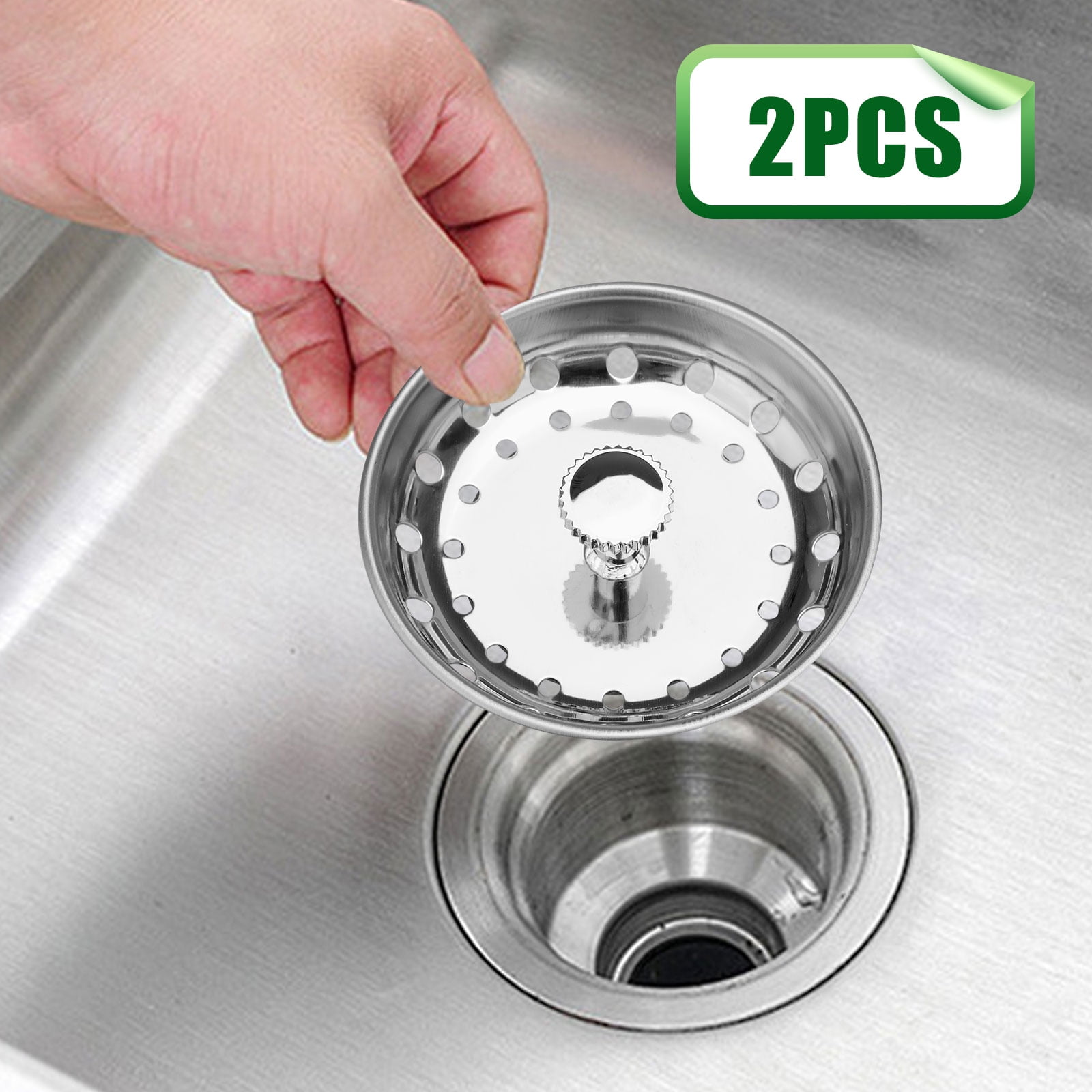
What materials are best for kitchen sink food strainers?
Kitchen sink food strainers are available in various materials, each with its benefits. Stainless steel is a popular choice due to its durability, resistance to rust, and ease of cleaning. Silicone strainers are flexible, easy to remove and clean and resistant to heat and stains. Plastic strainers are lightweight and often more affordable, though they may not be as durable as metal or silicone options. The best material for your strainer depends on your specific needs and preferences, but all types serve the primary function of preventing food waste from entering your plumbing system.
Can I use a kitchen sink food strainer if I have a garbage disposal?
Yes, a kitchen sink food strainer can be used in conjunction with a garbage disposal to provide added protection. While garbage disposals are designed to grind up food waste, certain types of debris can still cause clogs or damage the disposal. A strainer catches larger particles before they enter the disposal, reducing the risk of jams and extending the life of the unit. This combination helps to ensure a more efficient and reliable kitchen plumbing system, as the strainer and disposal work together to prevent clogs and maintain smooth operation.
How can I prevent my kitchen sink food strainer from becoming clogged?
To prevent your kitchen sink food strainer from becoming clogged, it’s important to empty it regularly and clean it thoroughly. After each use, remove any trapped food debris and dispose of it in the trash. Periodically washing the strainer with warm, soapy water helps to remove grease and grime that can accumulate over time. Avoid pouring large amounts of grease, oil, or fibrous food waste down the drain, as these can cause buildup in the strainer and reduce its effectiveness. Following these steps will help keep your strainer functioning properly and prevent clogs in your sink.

COOK with COLOR Sink Strainer Kitchen Sink Drain Strainer Easy to Clean Silicone Drain Basket

Related Posts: